Whether you’re a novice aquascaper or a seasoned enthusiast, understanding these principles is key to creating harmonious and visually stunning aquatic environments. In this series we unravel the secrets behind balance, focal points, color theory, and more.
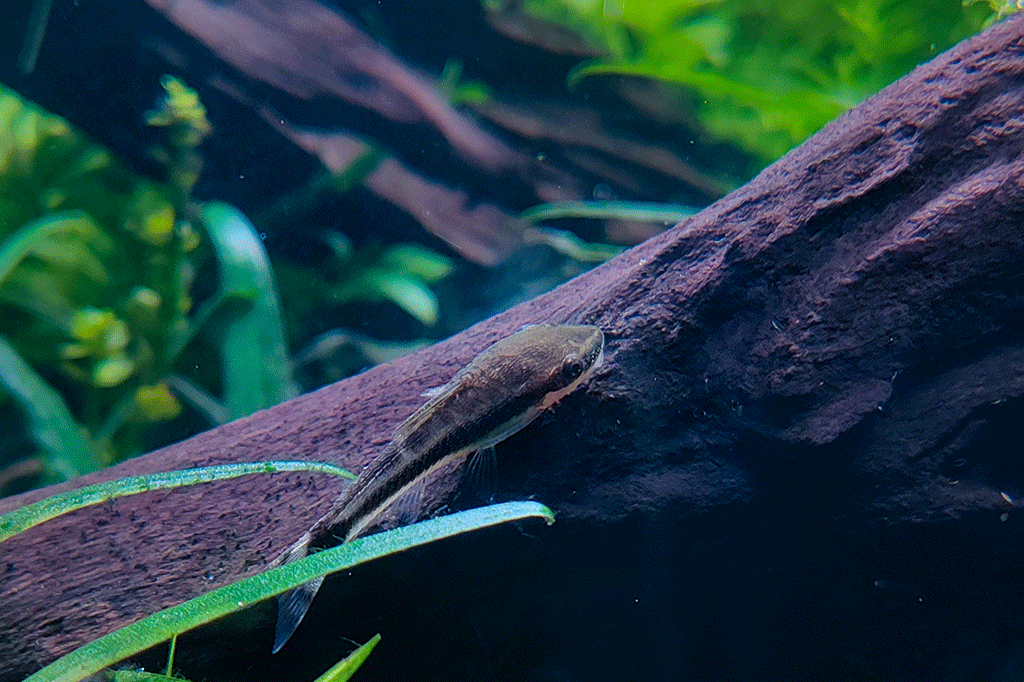
THIS IS PART 2 OF THE ‘PRINCIPLES OF AQUASCAPING’ SERIES. CHECK OUT THE OTHER PARTS HERE:
Focal Points
Focal points are the guiding stars in an aquascape, ensuring that the overall layout remains visually harmonious and avoids the pitfalls of excess busyness or distraction. These focal points, strategically placed within the aquarium, serve as compelling areas of interest that draw the observer’s attention and contribute to the overall aesthetic balance.
In various aquascaping styles, focal points are not just arbitrary; they often emerge organically as a result of adhering to the specific guidelines and principles inherent to each style. Whether you’re cultivating a Dutch-style aquascape with its meticulous plant arrangements or embracing the serenity of a Nature Aquarium inspired by natural landscapes, the chosen style itself provides cues for where focal points can naturally manifest.
Focal points play a crucial role in preventing visual chaos within the aquarium. By directing attention to specific areas, they create a deliberate visual hierarchy, allowing the viewer to appreciate the aquascape’s intricacies without feeling overwhelmed. These points of emphasis can be established through the careful selection of standout elements, such as uniquely shaped rocks, vibrant plants, or captivating aquatic structures.
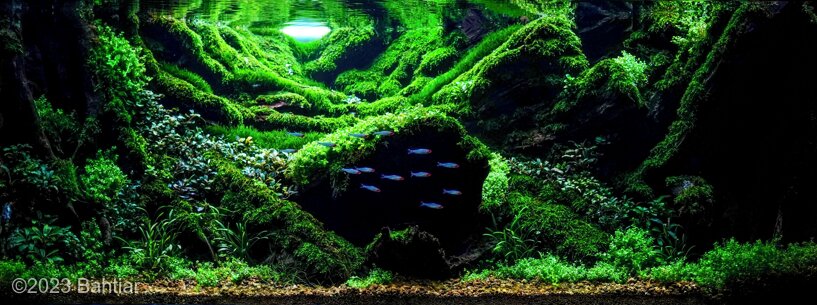
Evergreen Valley– by Bahtiar
Uneven Numbers
Within the realm of aquascaping, the strategic incorporation of uneven numbers emerges as a pivotal technique, unlocking the potential to craft compositions that transcend mere visual appeal to embody a genuine sense of nature’s rhythm and harmony. This principle, rooted in the observation of natural aesthetics, takes cues from the asymmetrical patterns prevalent in the organic world, where odd numbers reign supreme in the arrangement of elements.
The deliberate use of odd numbers goes beyond creating mere visual interest; it serves as a gateway to dynamic balance within the aquascape. By introducing an odd number of elements, be the plants, rocks, or other features, the aquascaper invites a sense of vitality and movement into the composition. The resulting dynamic equilibrium draws the viewer’s eye, fostering a captivating journey through the intricacies of the underwater landscape.
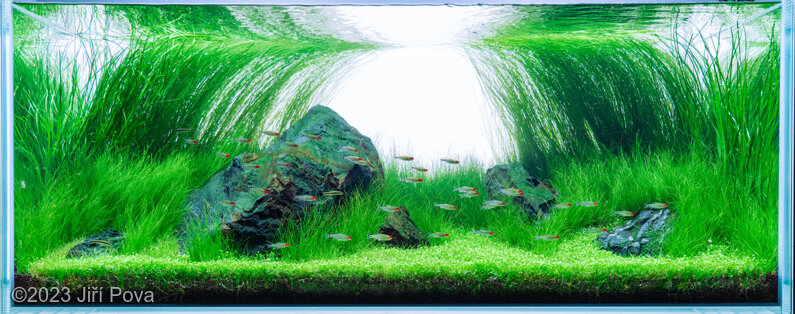
Closure– by Jiří Pova
Color (and Textures) Theory
Founded in the 1600s, color theory remains a scientifically grounded principle with practical applications in the strategic selection and arrangement of plants within aquascapes. This systematic approach to color employs principles derived from the color wheel, categorizing hues into primary, secondary, and tertiary colors.
Beyond the color wheel, understanding factors like saturation, intensity, and texture is integral to effective color management in aquascaping. Recognizing warm and cool tones allows for the creation of specific moods within the aquarium environment.

Radiance– by Juan Puchades
Negative Space
In the context of visual aesthetics, the term “negative space” pertains to the area surrounding and between the focal subjects within an image. In the specialized realm of aquascaping, the strategic manipulation of negative space is a critical consideration, demanding a delicate equilibrium between the filled space populated by plants, rocks, and other elements, and the expanses of open water.
Maintaining a harmonious balance between filled and open spaces is pivotal for the success of an aquascape. The filled space, often adorned with meticulously arranged plants and rocks, serves as the canvas for the aquascaper’s creative expression. This area showcases the vibrant life within the aquarium, contributing to the overall visual appeal.
Striking a balance between filled and open spaces is not merely an aesthetic consideration but a practical one as well. Well-distributed negative space allows for the unimpeded movement of aquatic inhabitants, fostering a more natural and stress-free environment. Additionally, it provides a visual resting place for the observer’s gaze, allowing them to appreciate the intricacies of the aquascape without feeling overwhelmed.
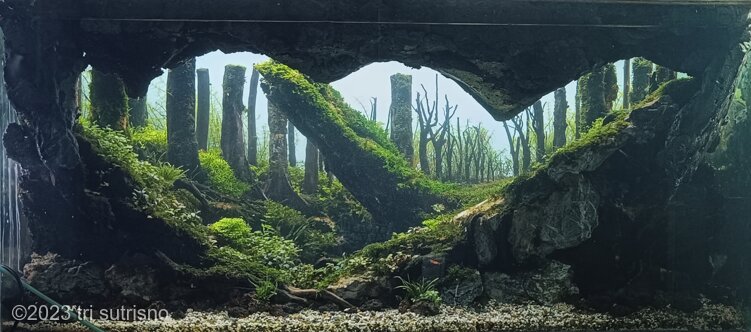
Guo urip– by Tri Sutrisno
Repetition and Rhythm
In aquascaping, the principles of repetition and rhythm serve as integral tools for creating a cohesive and visually engaging underwater environment. Repetition involves intentionally duplicating specific elements, such as plant groupings, rocks, or design motifs, to establish a sense of order and unity within the aquascape. This deliberate recurrence, whether through identical duplicates or variations on a theme, creates a visual language that guides the viewer through the aquarium.
The concept of rhythm, closely linked to repetition, introduces a dynamic quality to the aquascape. By establishing a rhythmic pattern through the strategic placement of elements, aquascapers can create a visual flow that captures attention and encourages exploration. This rhythmic cadence can be achieved by alternation of shapes, colors, or textures, contributing to the overall visual harmony.
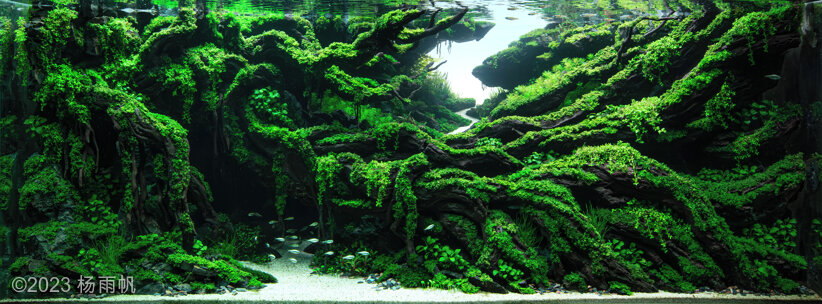
生灵– by 杨雨帆 北京

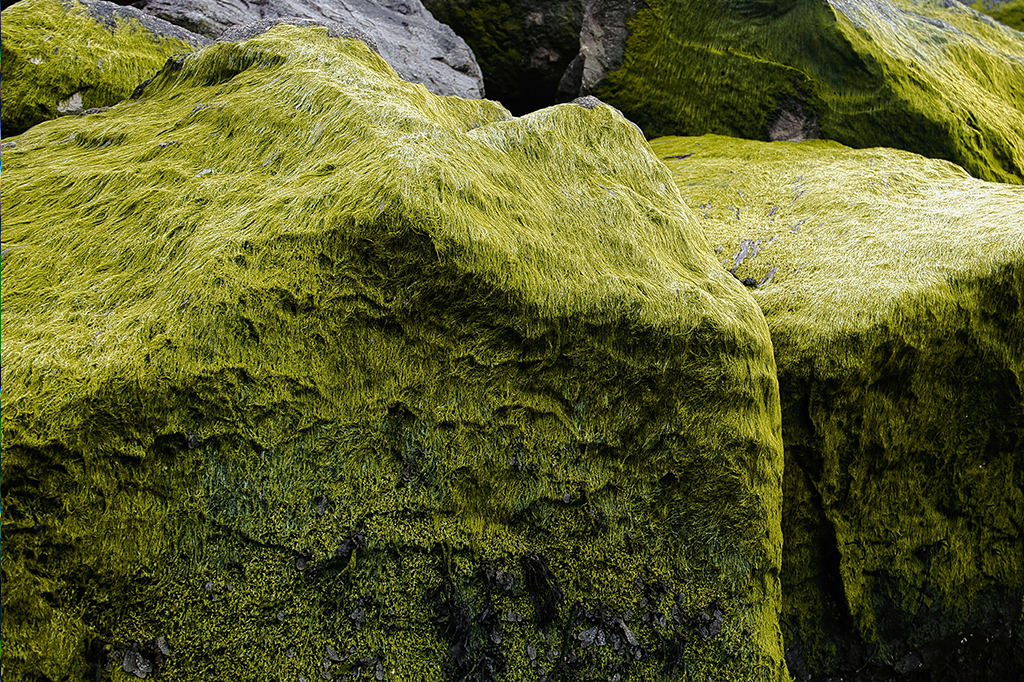


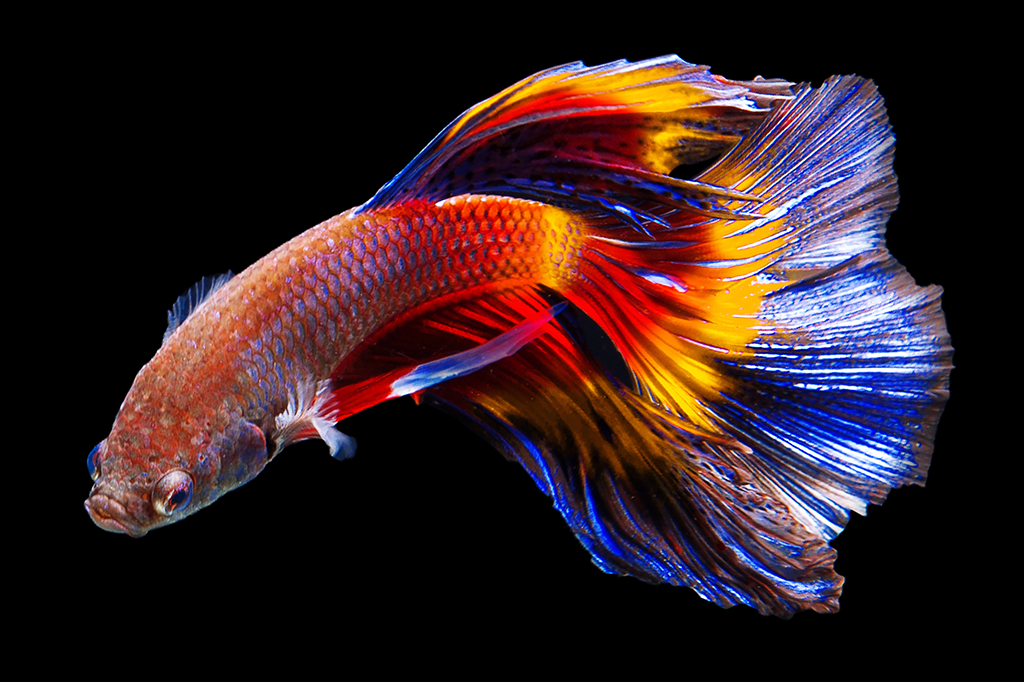
Leave a Reply